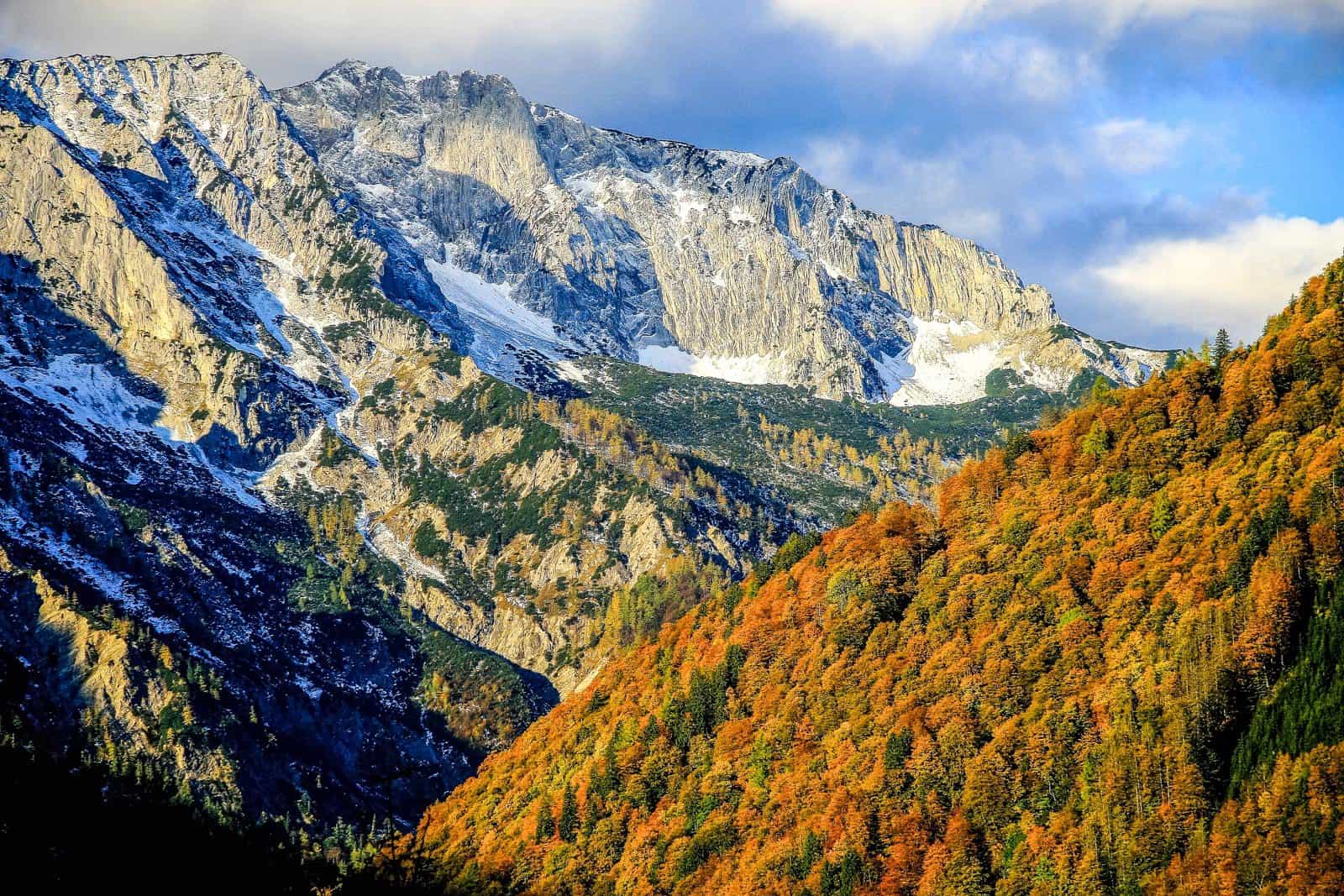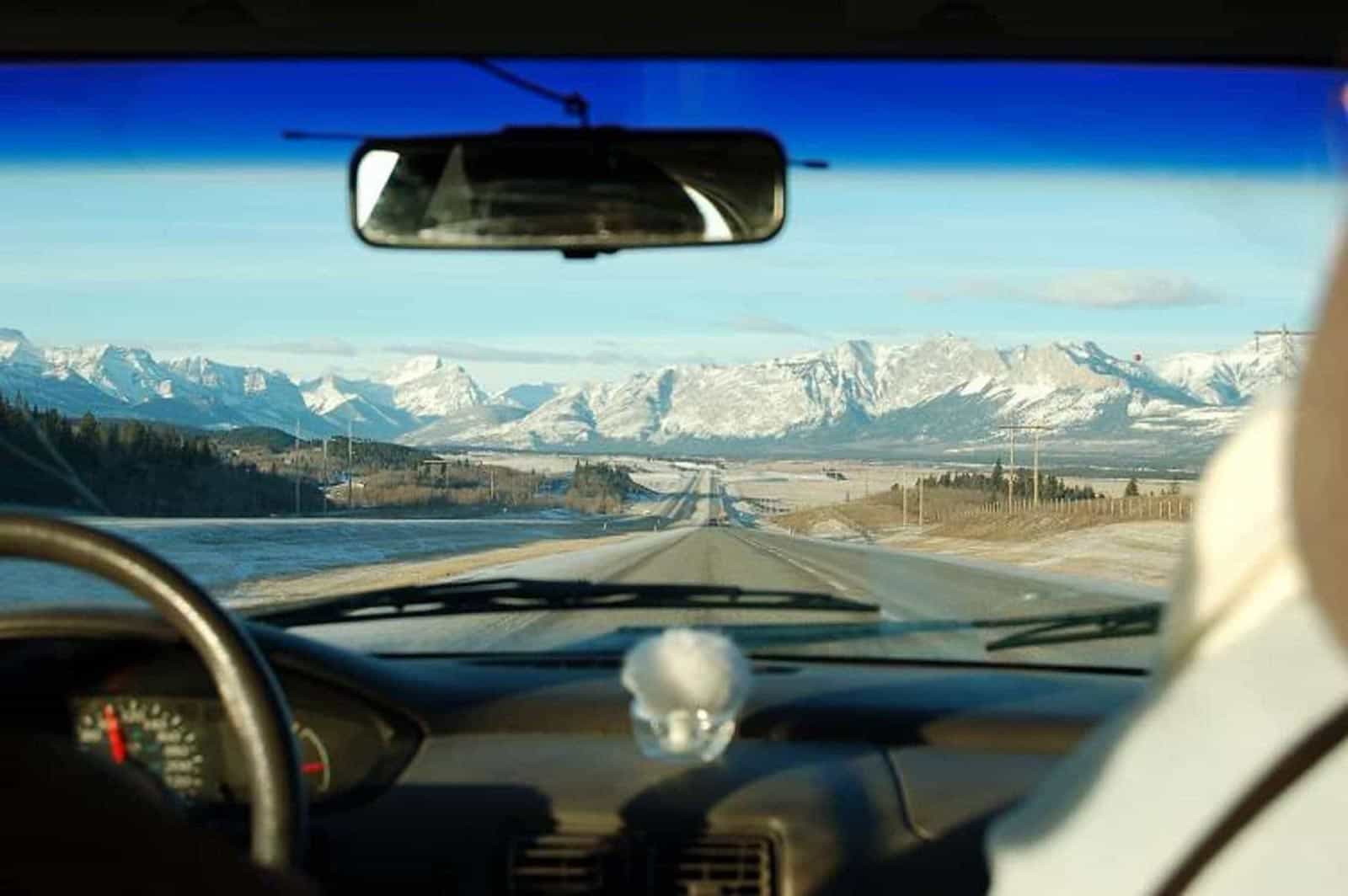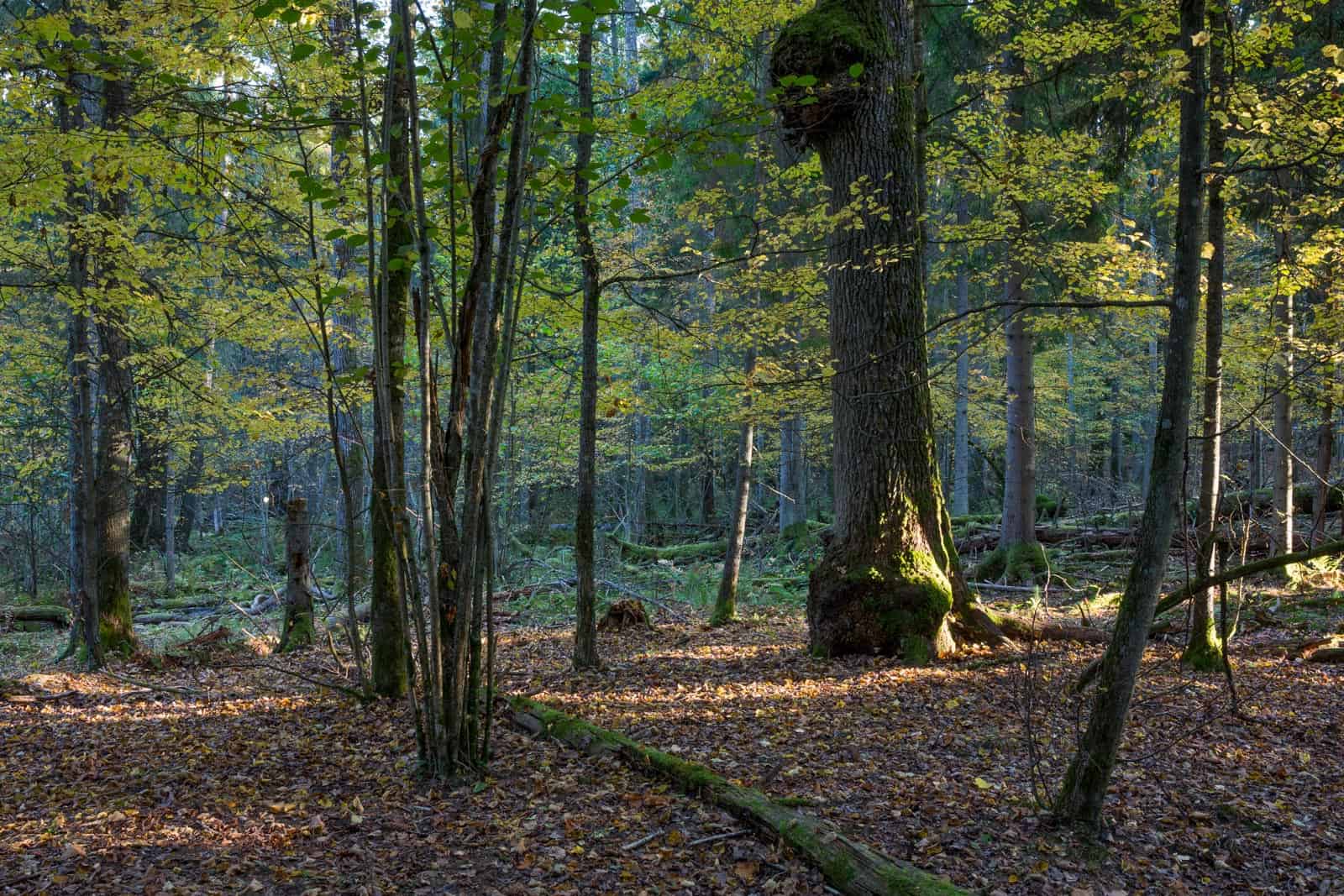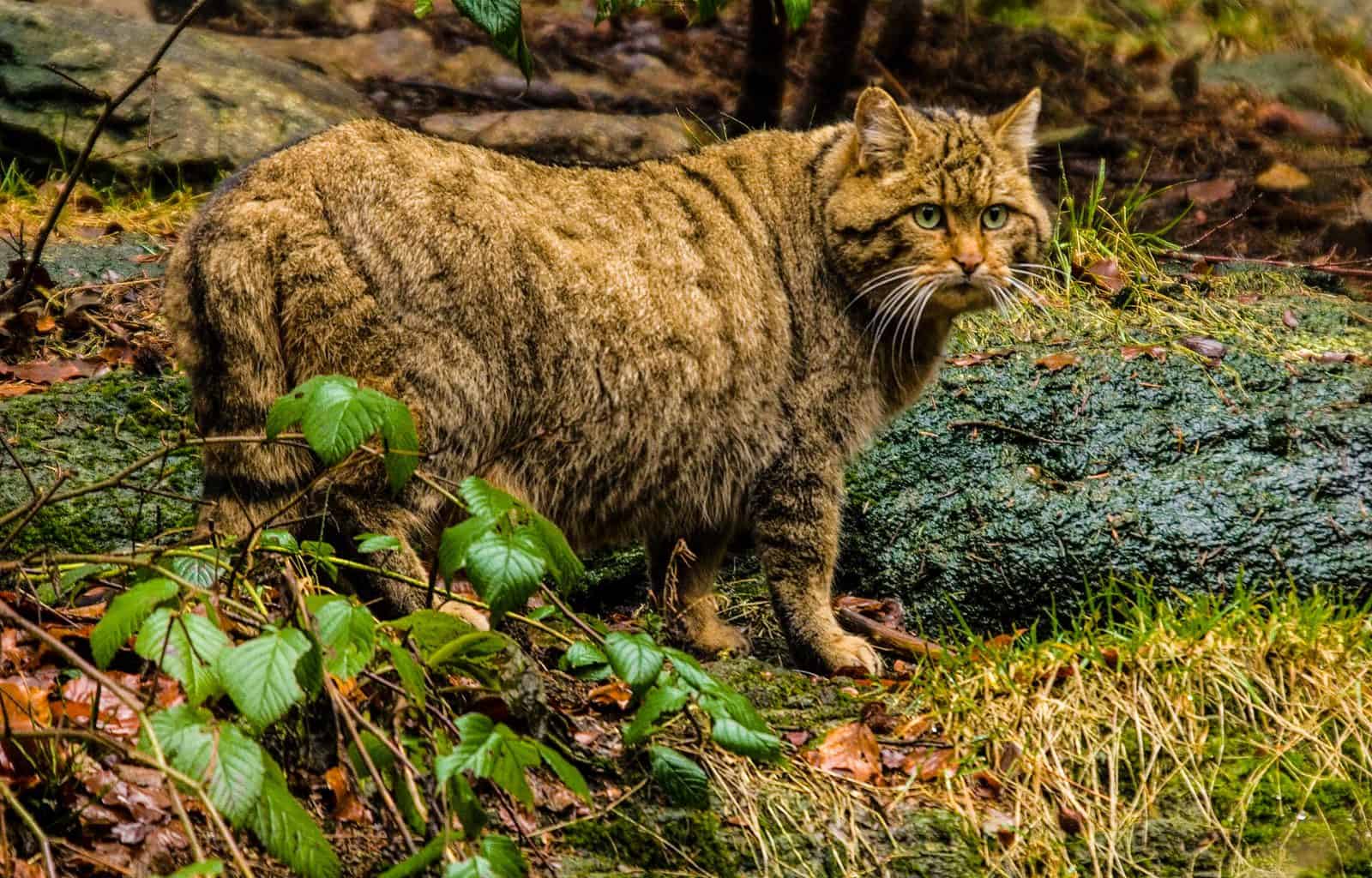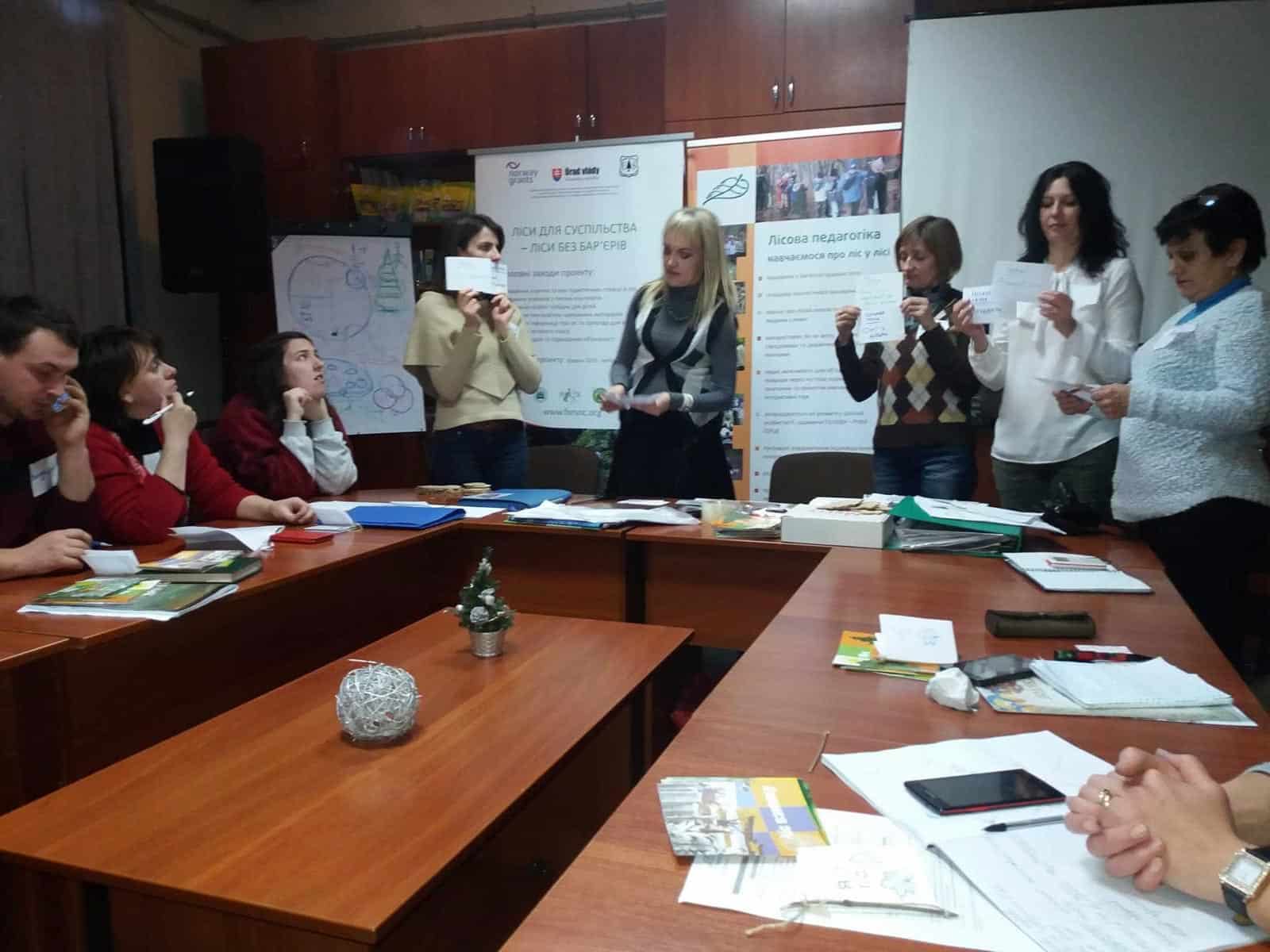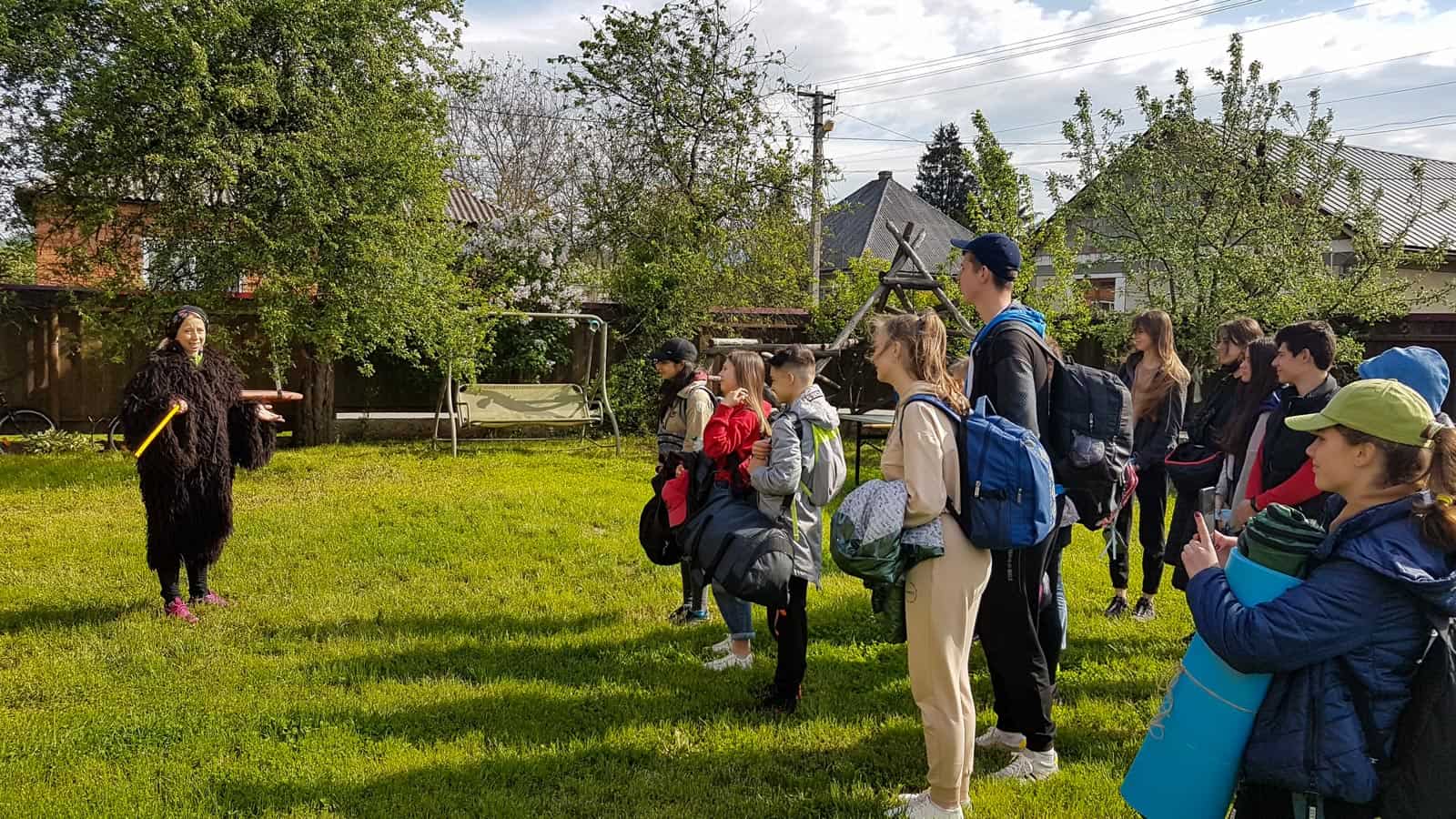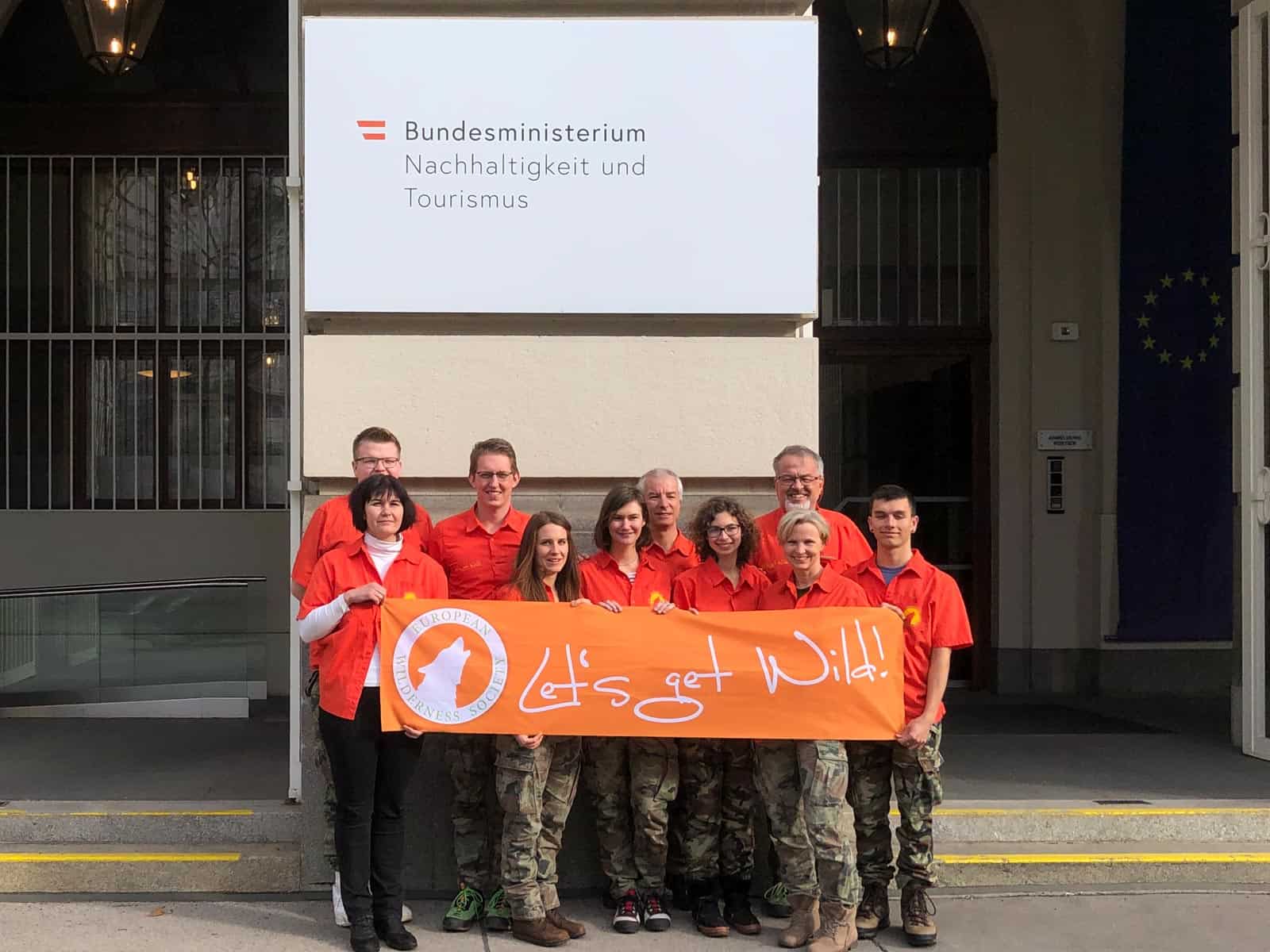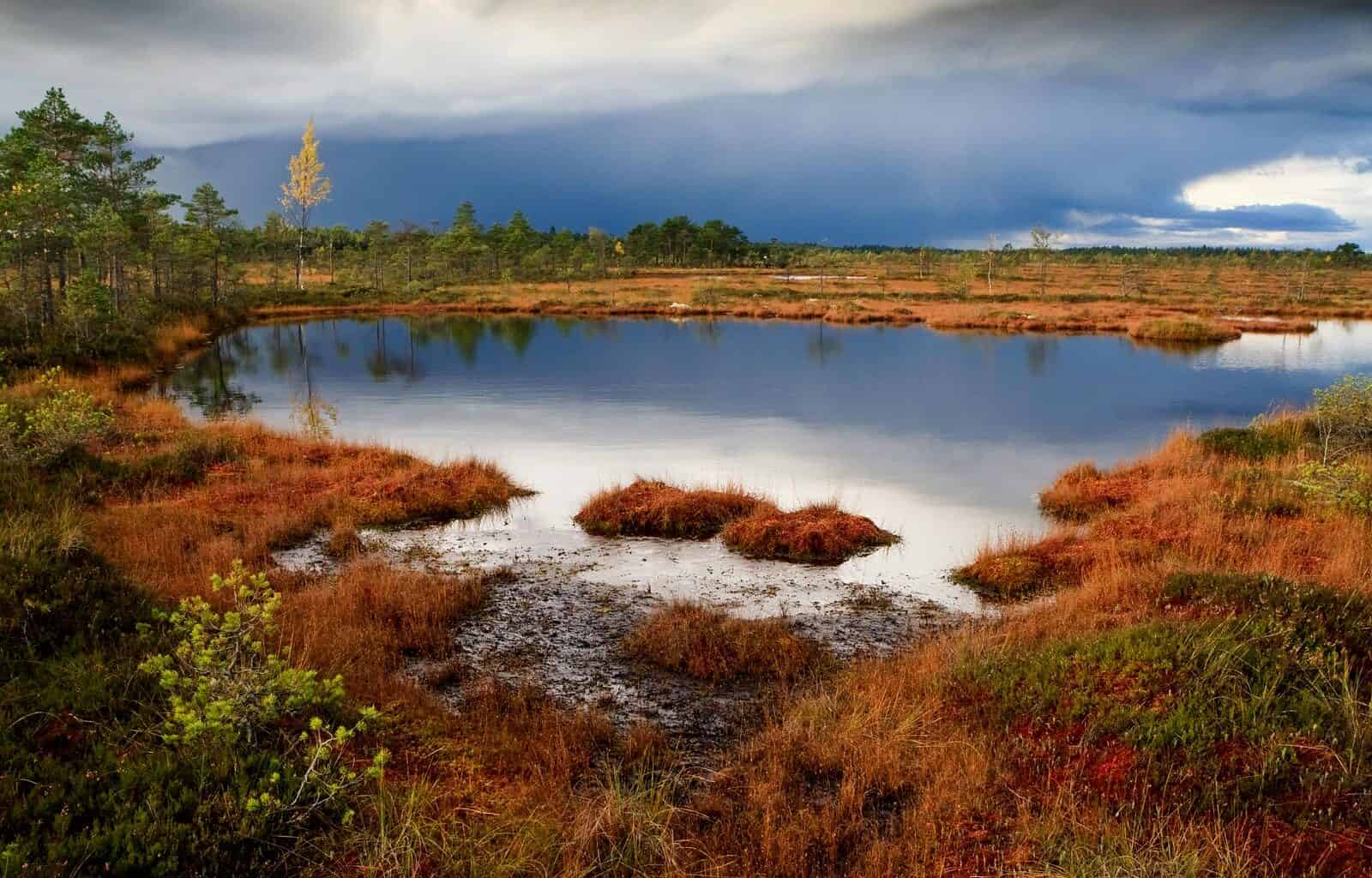Are roads the biggest threat to Wilderness?
Without any doubt, cars, trains and planes make our lives so much easier. A weekend trip to Paris, Christmas shopping in London and two week long road trip through Central Europe has become inherent parts of our modern world. The increase in car numbers that have happened in less than a century is inconceivable. In 1950, the global production of cars was ~10 million and in 2015 this number reached almost 95 million. Surely, all these cars require corresponding infrastructure – roads, bridges, tunnels, lights, signs, sidewalks etc. Consequently, now in Europe 50 percent of the continent’s surface is located within 1,5 km from a road or railway. In addition, almost all remaining land is within 10 km of a road. Unfortunately, however helpful cars and roads are for people, they are damaging to wildlife in many ways.
Please also read: Keep wilderness free of roads
Roadkill leading to species extinction
Each year, millions of animals die crossing roads and railroads. According to current estimations, 194 million birds and 29 million mammals die on Europe’s roads every year. The numbers for migrating amphibians, reptiles and insects are likely to be even higher! Study done by the Center for Environmental and Marine studies in Lisbon determined that small mammals and animals that are active at night have the highest probability to encounter collisions with cars. Most frequent species killed on the roads are the common blackbird and the soprano pipistrelle bat. Interestingly, busy roads can also pose threats to long term survival of the species that are common in Europe. For example, the hazel grouse and the russet ground squirrel could become locally extinct in places where roads are very busy and do not provide safe passes for the wildlife.
Roads are therefore a significant threat to wildlife and evidence shows deaths on them could even cause some species to disappear completely.

Animals cannot reach preferred feeding grounds
For big herbivores it is important to choose the ideal pasture for feeding, because grass has very low caloric value. What can herbivores do, if they are standing in a field where the grass has been already eaten by the herd and they see that behind a fenced road there is luscious meadow with a stream? They can either try to cross the busy road (and hope not to get hit by cars) or die of starvation.
This dilemma is especially true in large but poor steppes, where animals have to migrate depending on season. The Gobi-Steppe is an example of that. It is one of the largest grazing ecosystems in the world and homes many unique migratory animals. However, the Trans-Mongolian Railroad (built in 1955) has became an impenetrable barrier in the middle of the steppe. Large mammals used to move freely across the massive region, but they can no longer pass the railroad. Mongolian gazelle and goitered gazelle have learned to crawl under fences, but each year thousands either get stuck in the fence or die of starvation due to lack of access to quality grazing pasture.
Roads disturb natural flow of genes and seeds
For many living organisms, ability to move freely is a very important part of their life cycle. Insects travel vast distances every day to polinate flowers. Birds and animals eat plant fruit and distribute their seeds. Solitary carnivores travel hundreds of kilometers to find an unrelated mate. Frogs in spring travel from their hibernation spots to ponds to mate and spawn. Generally speaking, every organism is trying to send his young as far away from parent organism as possible. This prevents competition for resources and inbreeding, allows nutrient and gene flow. It also colonization of new territories and allows species to survive shock events (eg drought, flood).
However, roads, fences and other barriers became so common, that species cannot move freely and ensure gene flow. For example, let’s take mountain lions in Southern California. Over the past century they have survived habitat loss and extermination campaigns that wiped out the state’s grizzly bears and gray wolves. But today, mountain lions are isolated in small habitats, which leads to inbreeding. Roads and fences prevent young mountain lions from migrating outside of their parents home range and finding an unrelated mate. Scientists predict, that dangerous inbreeding and genetic-diversity declines could lead to extinction of some mountain lion populations in just 15 years.
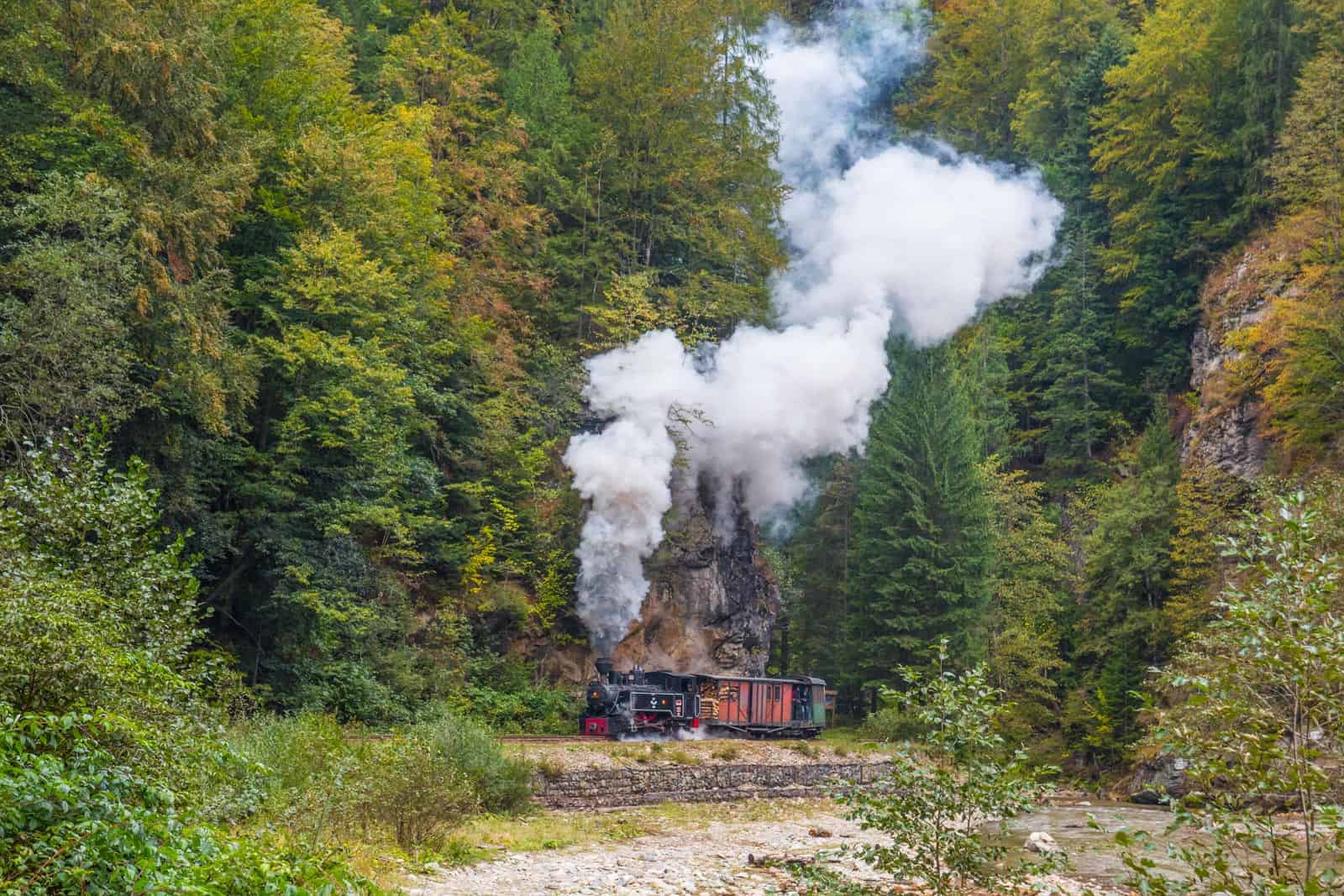
What can we do?
To every problem, there are always several solutions, no matter how desperate the problem seems. Unfortunately, it often requires changing our habits, unpopular decisions from authorities or additional funds. Here are only several actions that could extremely increase connectivity between animal habitats.
- Using less cars
Lock-downs around the world have proven that less traffic on the streets allows nature to breathe more freely. Data collected in the US (California, Idaho, and Maine) showed the drop in wildlife-vehicle conflict by 56 per cent from early March to mid-April. If the reduced car numbers continues, it will result in up to 13,000 fewer large mammals being killed this year in these three states alone. There are several alternatives to using cars. Firstly, well-developed public transport would help people to get where they need. Secondly, arranging your lifestyle in a way that reduces one’s traveling: moving closer to the workplace, enrolling children to schools close to home, connecting to international friends online. Thirdly, give up unnecessary traveling (especially overnight, when diurnal animals are active).
- Building passages for animals
When building roads and railroads, developers should take into consideration local wildlife and install special infrastructure for animals to cross the roads. This could be “green” bridges over the barriers or tunnels under the roads. Such infrastructures have already been tested in many countries and proven successful. “Green” bridges for large animals usually look much like a regular overpass for cars, but it is wider, fenced and decked with native flora. Underpasses might even be unnoticeable for drivers. These tunnels are helping to save countless lives, from gold monkeys and pumas in Brazil to water voles in London. Several projects in Europe also target greener transport infrastructure and safe road solutions and identifying the main ecological corridors and develop a set of recommendations to improve ecological connectivity.
You can get reductions of 85 to 95 percent [of wildlife-vehicle collisions] with crossings and fencing that guide animals under or over highways.

Stop building new roads and re-wild existing roads
As soon as you build a new road in the natural area, it creates a cascade of negative effects. For example, 95 % of all forest destruction occurs within five kilometers of a road in the Amazon region. Hence, it is better to avoid building new roads altogether. In addition, roads can be re-wilded. Kalkalpen Wilderness, embedded in the Kalkalpen National Park, Austria is a great example for that. When the 13 034 ha Kalkalpen National Park was created, it inherited 310 kilometers of forest roads. So far, it has re-wilded many kilometers of forest gravel roads. It is a good example for many other potential Wilderness areas how to tackle this challenge. The long-term vision of the Kalkalpen Wilderness is to protect dynamic Wilderness and ensure that 75% of the national park area reaches the Wilderness standard.
